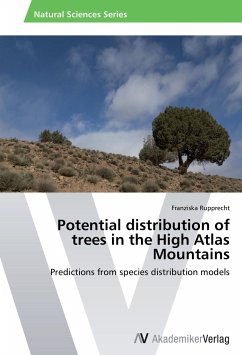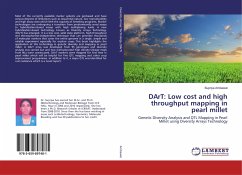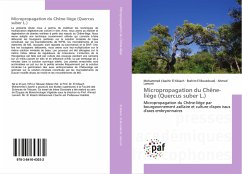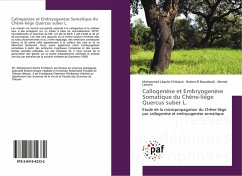In the High Atlas Mountains forest ecosystems are heavily degraded. Main reasons for this are the transition from nomadic to sedentary live-style of the increasing mountain-population as well as conflicts between traditional land use rights and laws introduced during French colonization. Native tree species with key-functions both in the ecological and in the socio-economic field cover today only a small percentage of their original range. Current reforestation projects rely in many cases on the fast growing species Pinus halepensis and the non-native species Cupressus arizonica. This study aims at predicting the potential distribution of four native tree species from presence-only data and bioclimatic variables. For this purpose the predictive performance of three different species distribution modeling approaches were compared and evaluated. Results of the study suggest that under current climatic conditions even in nowadays completely deforested areas, e.g. at the south side of the Atlas Mountains, growing of native tree species is possible.
Bitte wählen Sie Ihr Anliegen aus.
Rechnungen
Retourenschein anfordern
Bestellstatus
Storno








